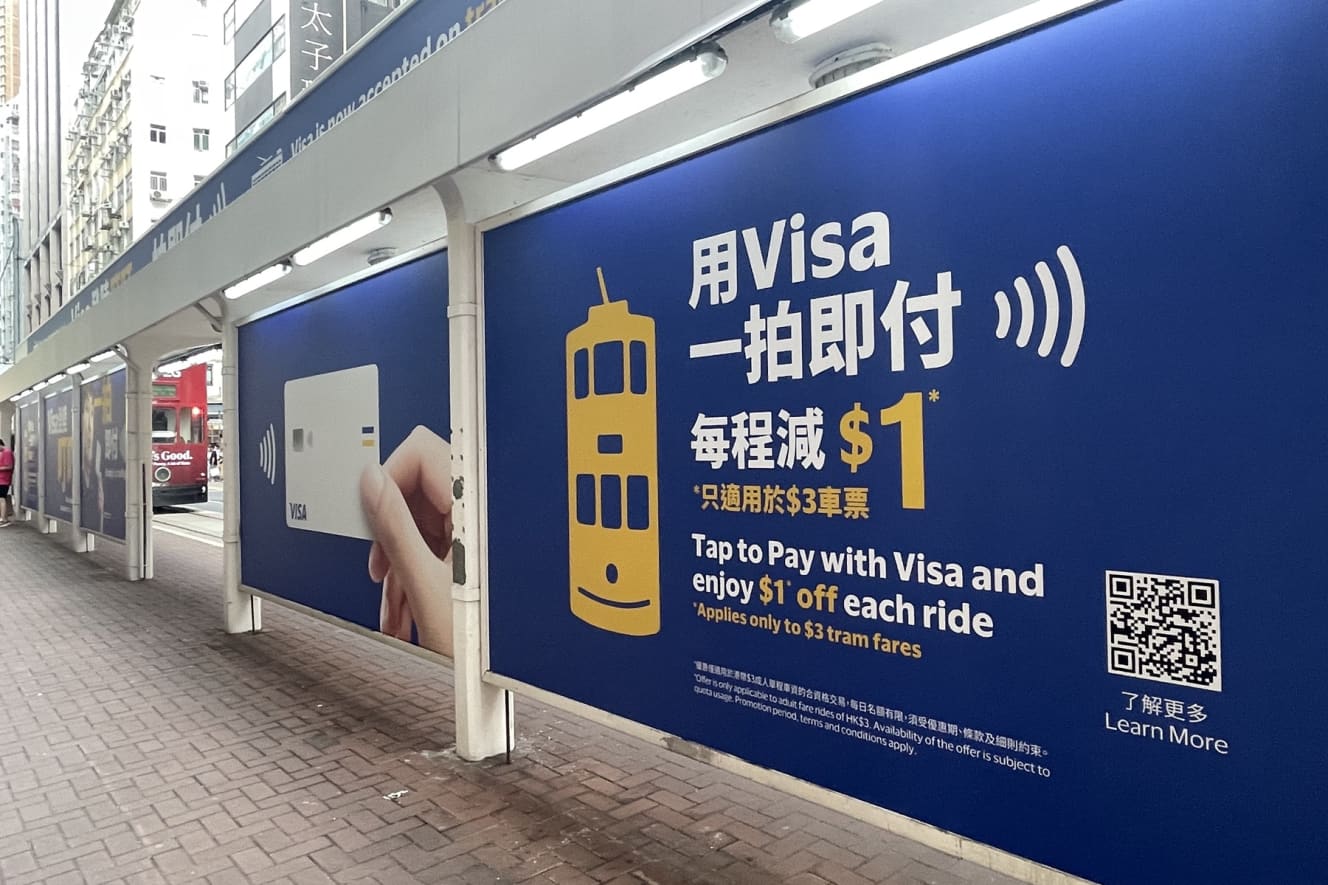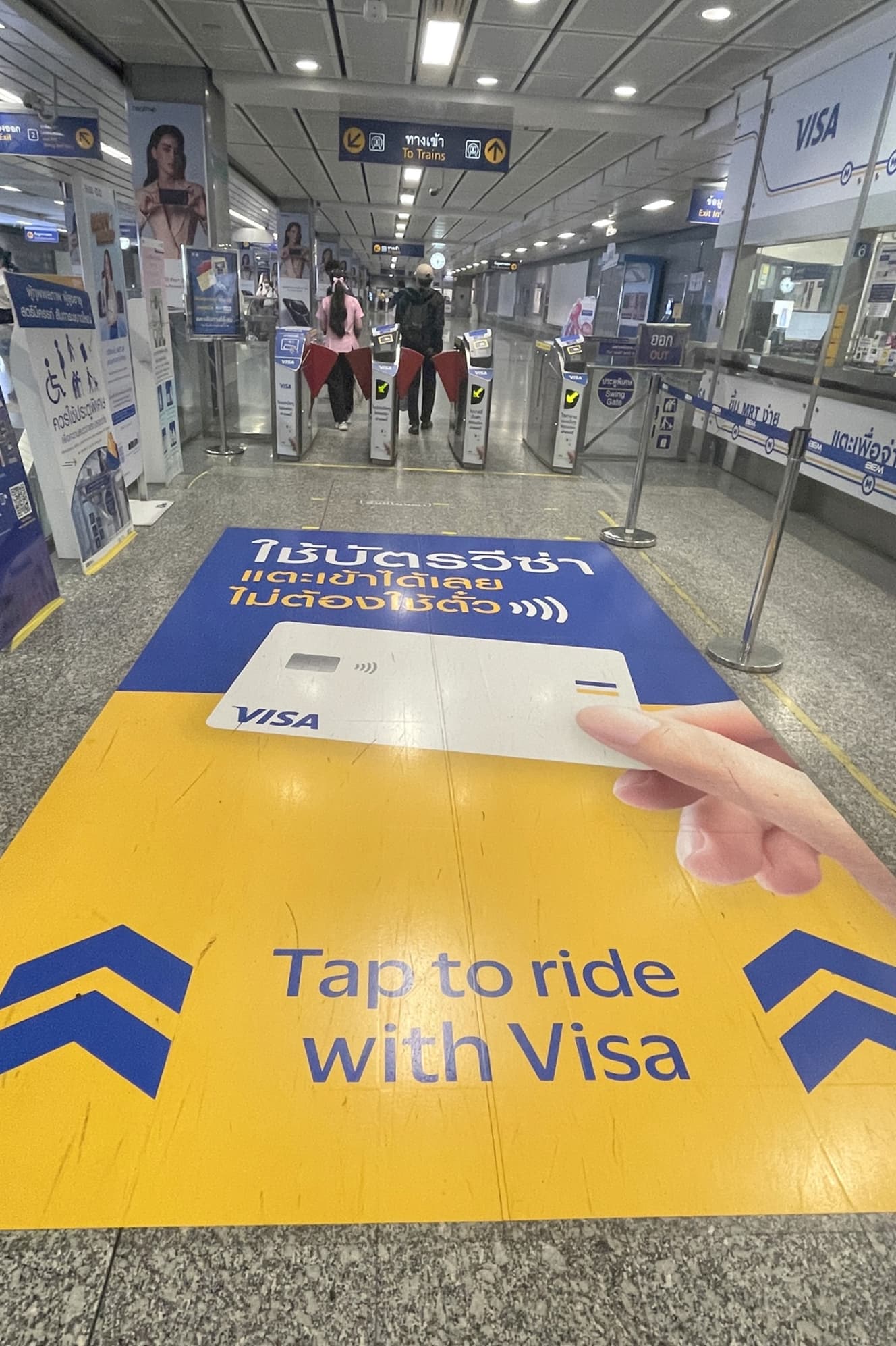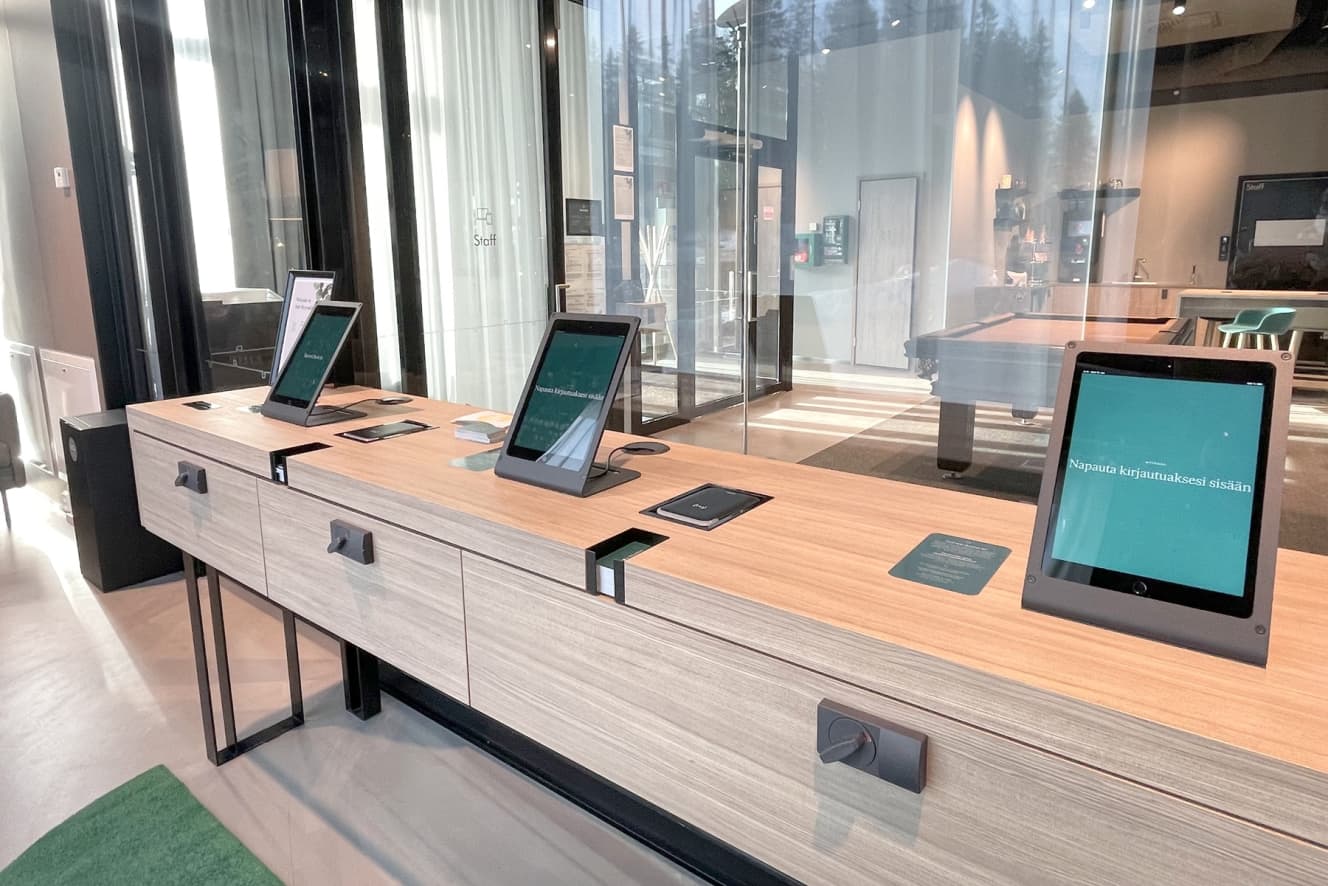New Norms for International Travel After COVID
Feeling keenly how Japan has fallen behind as a country after a long time abroad. Also, a story about failing because I relied on information from before the COVID-19 pandemic.
It has been about four and a half years since the COVID-19 crisis began in earnest in the spring of 2008. During that time, the world has taken a series of measures to prevent further post-coronas, and in particular, from the perspective of preventing infection, contactless-related measures such as cashless and paperless systems have been progressing rapidly.
Japanese who had not been abroad for some time were surprised to hear such comments as “passport checks were unmanned,” “opportunities to pay with cash have drastically decreased,” and “ride-sharing is too much more convenient than cabs,” while at the same time, there were stories of failure when people went there with pre-Corona information. In particular, many things that Japan has barely begun to deal with by now are already common knowledge and far ahead of the curve in other countries.
Automated gates are being used for entry and exit, and there are countries where Japanese passports can be used for these systems.
First, consider the immigration process. Instead of waiting in line at a staffed counter to have your passport and visa stamped, many advanced countries are increasingly adopting automated gates. The days of receiving an entry or exit stamp are becoming a distant memory.
For instance, in Paris, France, automated gates are available for Japanese passport holders. Travelers no longer need to worry about facing a barrage of questions in the local language at a staffed counter. The same is true in countries like South Korea and Singapore.
In August 2024, I visited Thailand. In the past, waiting in long lines and dealing with slow immigration officers in Thailand was a common frustration. However, on my recent trip, I found that Thai citizens now use automated gates. While foreign visitors still have to use staffed counters, the process was significantly faster, taking only a few minutes instead of the hour it previously required, likely due to reduced staffing.
At major airports in Japan, Japanese passport holders are now directed to “facial recognition gates,” which can be a surprising convenience for those returning from overseas travel post-COVID. However, this automated process is currently available only to Japanese citizens; foreign visitors still have to queue at staffed counters, often experiencing wait times of one to two hours, particularly due to high inbound traffic.

VISA Tap for subways and buses: Widely adopted even in remote areas overseas
Next, let’s look at payment methods for using public transportation such as trains and buses abroad. Traditionally, the common practices were buying tickets at the station or obtaining a transit IC card and loading it with local currency.
However, after the COVID-19 pandemic, there have been numerous reports of people being surprised to find they can use their Visa cards to ride the subway abroad. Known as “Visa Touch,” this method is gradually being introduced in Japan as well, both in stores and on public transportation.
In Singapore, touch payment is available on all MRT (subway) stations and route buses. In Hong Kong, you can use touch payment on route buses, the iconic double-decker trams, and the MRT. In contrast, Thailand’s touch payment is available on the MRT but not yet on the BTS (Bangkok Skytrain), although it is expected to be adopted eventually. In Taiwan, only the Taoyuan Airport MRT from Taipei Taoyuan International Airport supports touch payment.
Touch payment is also making its way into non-urban areas. I was genuinely surprised to find touch payment available on all route buses on Corfu Island in Greece when I visited in June 2023. Even on this UNESCO World Heritage site, which only sees heavy tourist traffic during the summer vacation period, Visa Touch is being adopted.
However, similar to Japan, where Visa Touch is still limited, some unexpected countries and regions do not yet support it. For example, South Korea, known for its advanced card usage, still does not accept Visa Touch on its subways or buses. Travelers need to obtain the transit IC card “T-money” and load it with cash, requiring an initial exchange of a significant amount to avoid hassles later.

 At the MRT ticket gates in Bangkok, Thailand, there were prominent advertisements announcing the availability of Visa Touch. However, in practice, very few people seem to use it, indicating that it has not yet become widely adopted among locals.
At the MRT ticket gates in Bangkok, Thailand, there were prominent advertisements announcing the availability of Visa Touch. However, in practice, very few people seem to use it, indicating that it has not yet become widely adopted among locals.The increase in “cash not accepted” policies has led to people failing when trying to exchange money.
Contactless payments have become almost the norm when shopping abroad. You no longer need to scan or insert a credit card into a terminal or enter a PIN code.
While card payments have been more common than cash in developed countries even before the pandemic, the trend towards “no cash payments” has increased following COVID-19. In Finland, for instance, cafes have posted “CASH NG” signs at their registers. Additionally, there are reports from Japanese travelers who encountered “CASH NG” signs when trying to pay with cash (won) at a Starbucks in Busan, South Korea.
As the frequency of cash usage decreases and more places adopt “no cash payments,” you might find yourself wondering how much cash to exchange beforehand. Many people have ended up with excess cash because they exchanged the same amount as before the pandemic but had fewer opportunities to use it. Additionally, since currency exchange incurs fees each time, it’s wise to handle exchanges carefully.
“Ride-sharing” has become common practice, but in reality, Japan is the most behind in this area.
Ride-sharing services like Uber have become standard abroad and are a valuable transportation option for travelers.
For example, Uber is widespread in the U.S., Europe, and India. Major airports often have dedicated Uber pickup areas beyond the taxi stands. In places like Thailand and Singapore, where Uber is not available, Grab is the main ride-sharing service, but it operates similarly to Uber.
Those who have used ride-sharing services abroad often praise their convenience. Previously, in Southeast Asia, it was common for taxi drivers to try to overcharge Japanese tourists, leading to disputes.
Many travelers appreciate that ride-sharing may be slightly more expensive than taxis, but the upfront fare is transparent. They also value not having to explain their destination in detail to drivers and the ability to reach less accessible locations, which expands their travel options. Ride-sharing is becoming an indispensable part of modern international travel.

The Era of “Smartphone as Room Key” at Hotels
Some hotel guests were also puzzled by the sudden shift to DX, saying “I checked in using an app” or “My guest room key was on my smartphone. Hilton hotels, for example, are promoting the use of electronic keys (digital keys), which not only allow guests to enter their rooms, but also to enter the hotel’s lounge and gym. This is convenient for those who know how to use them, but difficult for those who are not accustomed to using them.
In addition, there are an increasing number of accommodations, especially private accommodations such as Airbnb, where the front desk is unmanned from the beginning and guests check in by themselves using a tablet terminal placed at the entrance. If any problems arise, they can be handled remotely. Hotels are also becoming increasingly unmanned.
If you are planning to travel abroad in the near future, please carefully plan your trip with this in mind, as foreign countries are ahead of us in every aspect.

Interview, text, and photos: Aki Shikama
